cardiac heave definition
Technique A parasternal impuls. The definition of retraction is to draw back or to draw back in.
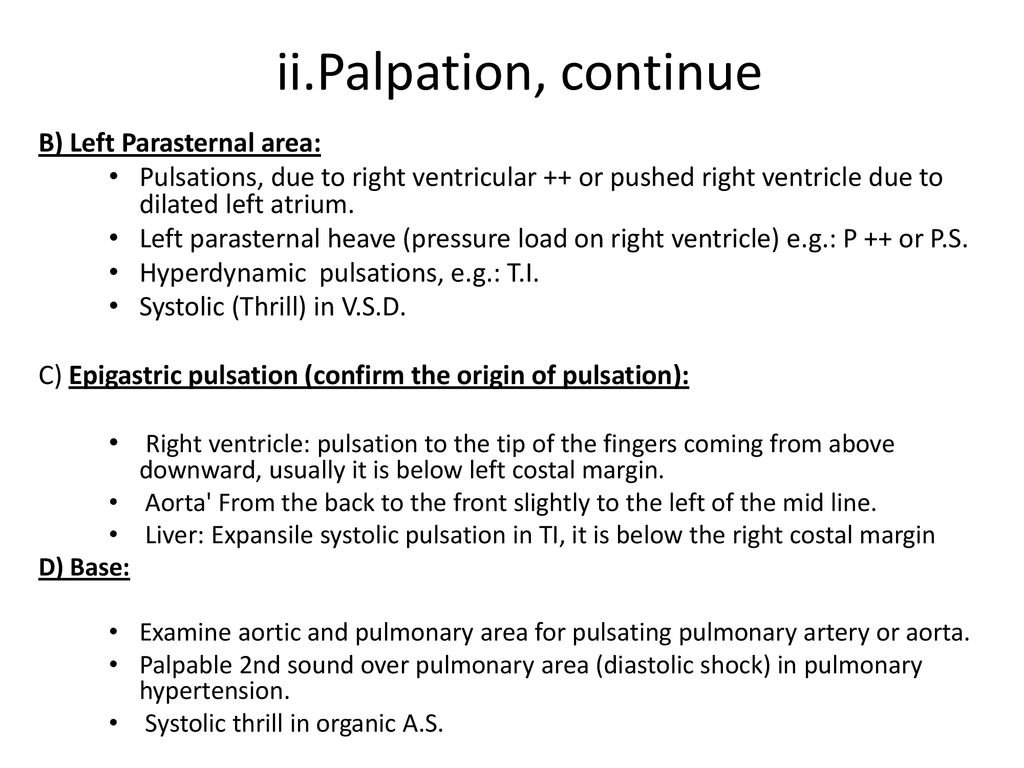
History Taking And Clinical Examination In Cardiac Cases Ppt Download
Rarely severe left atrial enlargement which.
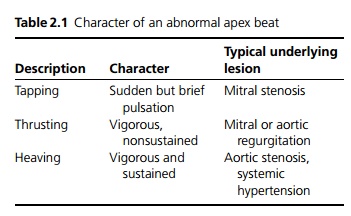
. Both are best observed in the internal jugular vein. Its softer than the normal heart sounds. Right ventricular enlargement or.
Table 5 Abnormalities of the jugular venous pressure JVP. A murmur that occurs when the heart muscle relaxes between beats is called a diastolic murmur. An act or instance of throwing.
Abnormalities of the JVP are described in Table 5. Height is proportional to right atrial pressure and waveform reflects events in the cardiac cycle. A systolic murmur occurs when the heart muscle contracts.
The JVP is defined as the height of the waveform in centimeters above the sternal angle. In the presence of a heave the heel of the hand is lifted off the chest wall with each systole. A parasternal heave is detected by placing the heel of the hand over the left parasternal region.
When there is flow of the blood across the narrowed valve in the heart it produces a sound which is called as a murmur. A grade 1 is faint heard only with a special effort. This is called as a heave.
So it seems to me that if there is a lift heave or thrust there is bound to be a retraction in opposite response to it. Figure 2 The jugular veins. Parasternal heave A parasternal heave is a precordial impulse that may be felt palpated in patients with cardiac or respiratory disease.
Verb A pulmonary disease of horses that is characterized by respiratory irregularities such as coughing and is noticeable especially after exercise or in cold weather. Heaves are best felt with the heel of the hand at the sternal border. These exam findings can yield important information about the heart such as a laterally displaced PMI in an enlarged heart.
This guide tells you all you need to know about heave. Noun an effort to pull or raise something. Current Health Status - chest pain - shortness of breath - syncope - swelling of ankles or feet - heart palpitations - fatigue 2.
Chest heaves definition. Precordial impulses are visible or palpable pulsations of the chest wall which originate from the heart or the vena cava pulmonary artery or aorta collectively known as the great vessels. Ground heave is the opposite of subsidence which is when the ground sinks.
January 29 2020 Heave is the phenomenon of the soil beneath a property expanding and pushing the ground upwards which can cause structural damage to a building. The Apex Cardiogram Shown is the curve created by the PMI measured by an apex-cardiogram. Heavesused with a sing.
What Is Ground Soil Heave. The patient is lying at a 45 angle thus revealing the surface markings of the neck. A parasternal heave lift or thrust is a precordial impulse that may be felt palpated in patients with cardiac or respiratory disease.
I found several references on cardiac examination that referred to lifts heaves thrusts. When heart pushes blood against much more pressure than it is used to its walls become thickened and that thickened wall touches the chest wall when it contracts each time. In 1989 Dash proposed that modest temperature differences can drive flows in these liquid surface films and contribute to frost heaveIn soil this chilled but unfrozen water tends to migrate along temperature gradients toward lower temperatures eventually accumulating and freezing into ice lenses.
Precordial impulses are visible or palpable pulsations of the chest wall which originate on the heart or the great vessels. This video demonstrates assessment for parasternal heave and thrills which is done as part of a cardiology examination. Past Health History - congenital heart disease - rheumatic fever - heart murmur - high blood pressure high cholesterol diabetes mellitus - confusion - fatigue - dental work 3.
Systolic murmurs are graded by intensity loudness from 1 to 6. The valve areas are palpated for abnormal pulsations palpable heart murmurs known as thrills and precordial movements known as heaves. Both the observation and palpation of the point of maximal impulse PMI of heart is part of a complete cardiac exam.
You have 3 more open access pages. Palpation of the apex beat The apex beat is found approximately in the fifth left intercostal space in the mid-clavicular line. Your chest is the top part of the front of your body where your ribs lungs and heart.
A parasternal heave is caused by. Meaning pronunciation translations and examples.

Pa Ii Cardiac History And Examination Murmurs Flashcards Quizlet
Heart Taber S Medical Dictionary
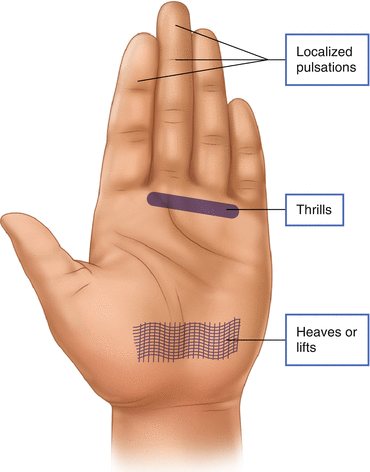
Introduction To Cardiac Auscultation Springerlink

Nuomonė Zvilgsnis Klebonas Thrill In Medical Terms Internationaleventingforum Com

Palpation Of Precordium And Adjacent Areas All About Cardiovascular System And Disorders

Heaving Apical Impulse Dr S Venkatesan Md

Parasternal Heave Clinical Lab Physiology Youtube
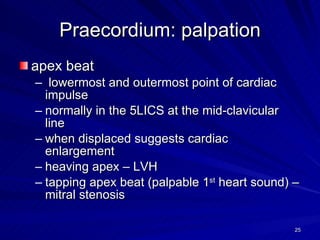
Symptoms Signs Investigations In Cardiovascular Diseases

Andrew R Houghton Making Sense Of The Apex Beat

Assessing Parasternal Heave And Thrills Youtube

Parasternal Heave Clinical Lab Physiology Youtube

Cardiovascular Cvs Examination Medistudents

Assessing Parasternal Heave And Thrills Youtube

Differentiate 1 High And Low Output Failure Right And Left Sided Heart Failure Systolic From Diastolic Dysfunction Question Ppt Download
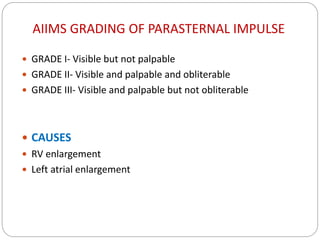
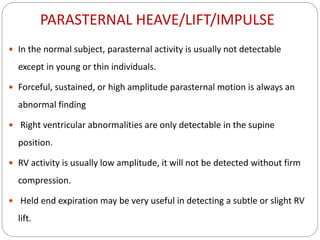


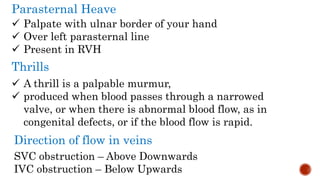
0 Response to "cardiac heave definition"
Post a Comment